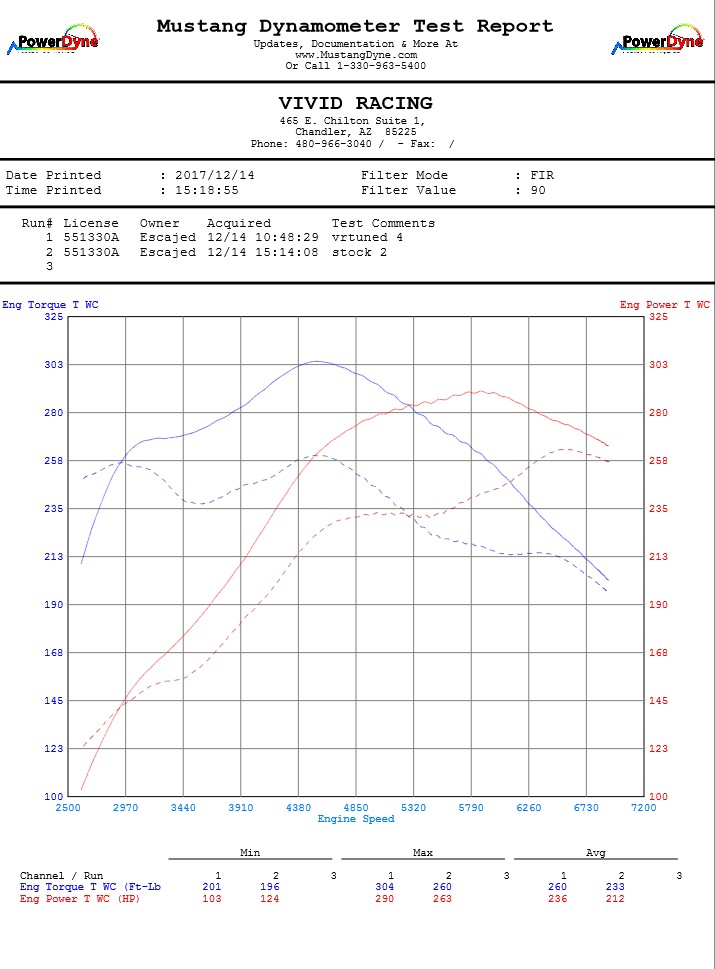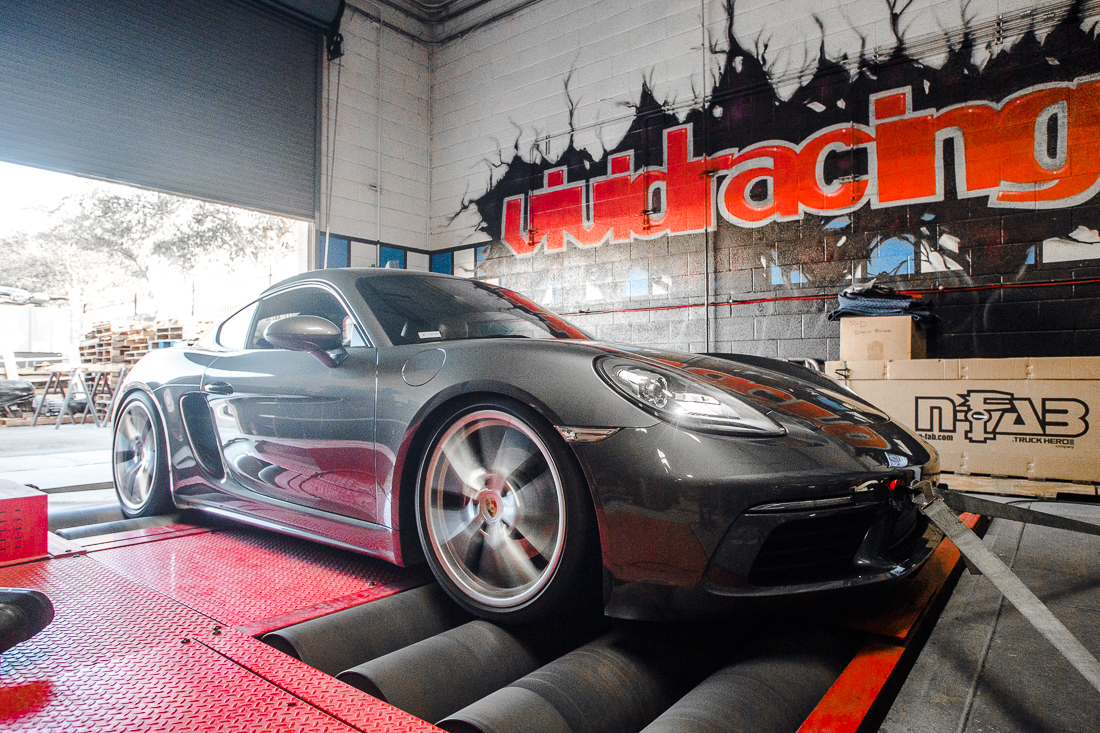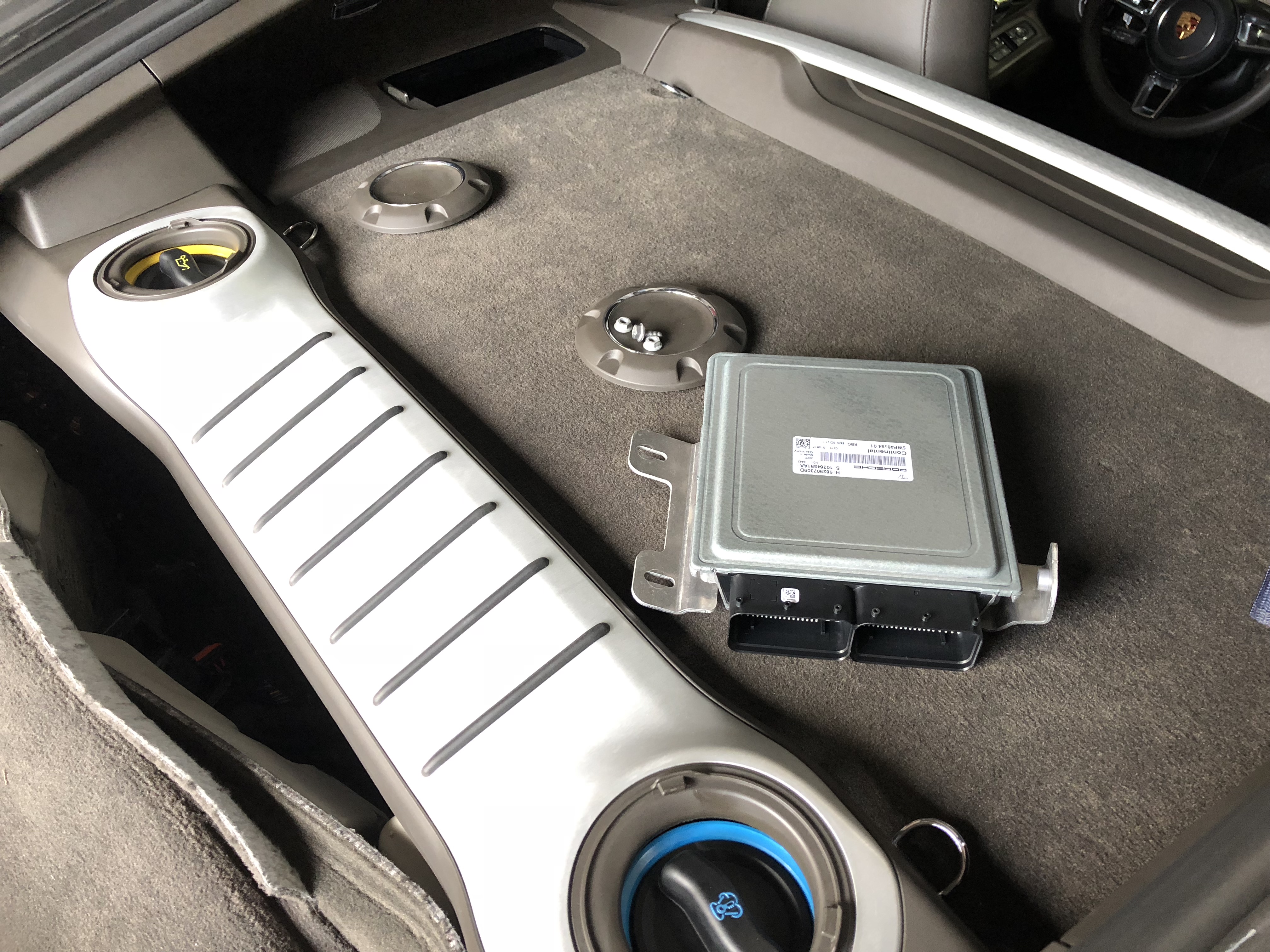The release of the Porsche 718 Cayman is monumental for Porsche and the aftermarket world. Since 1998, The Boxster and its twin hard top brother, the Cayman, have been naturally aspirated engines. When the
987 Cayman | Boxster was released with the 3.4L engine in 2007, this gave the flat 6 cylinder engine 291 horsepower. As a very well balanced car, track addicts and Porsche enthusiasts jumped on the platform. With basic mods like exhaust, headers, plenum, and ECU flash, there was only so much power you could truly gain out of the vehicle. The
987.2 introduced us to the PDK transmission and the
981 chassis came in different variants making 325 PS to 340 PS out of the 3.4L engine. The
Porsche GT4 was just unstoppable with its highly tuned 3.8L engine making 385 PS. The Porsche 718 Cayman was the first time Porsche had gone to a 4 cylinder engine and put a turbo in a non “Turbo” model. With fuel economy regulations changing and demand for more power needed, turbocharged engines were the only way to go.
The 718 was released in 2017 in a 2.0L for the Cayman and a 2.5L for the Cayman S. The 2.0L Turbo Cayman produces 296 HP with 280 ft/lbs of torque. However like most turbocharged vehicles, there is a ton of room to gain power with an ECU flash and other mods. Where the previous 6 cylinder 3.4L engine with mods such as an
exhaust, pulley, and plenum may gain a total of 20-25 wheel horsepower, the new 4 cylinder turbo can gain up to 60 crank horsepower making the 718 more powerful and fuel efficient over the previous versions. The Siemens SDI21 ECU found in the 718 and 991.2 is a brand new ECU that requires special tools to flash. At the time of this article being written, the ECU can be done via the OBDII port once it is unlocked on the bench or done as a bench flash (
see ECU removal instructions here). This allows customers from all over to send in their ECUs to be flashed by VR Tuned.
We did our testing here at our Arizona facility using our Mustang AWD dyno. With cool temperatures of around 65-70F and running 91 octane, this gives us a good real world test scenario. With this PDK transmission, we chose to calibrate in 3rd gear with a parasitic multiplier of 1.00. When you raise the multiplier up, this can adjust the numbers to read higher. However what is really important is showing the gains. We run most newer vehicles in all wheel drive to avoid any drivetrain malfunctions. With the Mustang Dyno giving results most accurate to real world conditions, we might as well run with all 4 wheels turning like it does when you drive! We ran the car with the stock map about 3 times to make sure there were no inconsistencies. Each test was run from 2500 rpm to 7200 rpm. Watching the boost gauge on the dash, the 718 would spike up to 20psi and than taper off rapidly eventually going all the way down to 13psi on the top end. Our baseline yielded 260 ft/lbs of torque with 263 all wheel horsepower. Typically the Mustang Dyno has a drivetrain loss of around 20-25%. This would put the 718 around 225-240 awhp. Based on these numbers, it could be possible that the Porsche 718 is under rated from the factory.
The
VR Tuned flash is done to take into account the overall driving needs of the Porsche 718 owner. Changes to the vehicle mapping includes updating the fuel, timing, and boost tables. Other changes to torque limits, electronic throttle levels, and other limits are adjusted. When you do tune an ECU, the ECU is set to these values, however mechanical parts can impede the performance. This is very evident with the 2.0L turbocharged engine. The tune fixes the initial dips in torque and maintains a massive 40 ft/lb gain through most of the rpm range. Once the turbos spool up, horsepower rockets from a subtle 20 horsepower gain to nearly 50 all wheel horsepower gain from 4800 to 6200 rpm. At this point the horsepower runs out and falls down towards the stock top limit. This can be caused by restriction caused from the factory catalytic converter and exhaust system. To gain 16% in horsepower is quite impressive on these 2.0L turbocharged cars making the new Porsche 718 an excellent tuner platform!
Order your VR Tuned Porsche 718 ECU Flash Here
Shop all Porsche 718 Performance Parts Here



Related Images:
[
See image gallery at www.vividracing.com]





